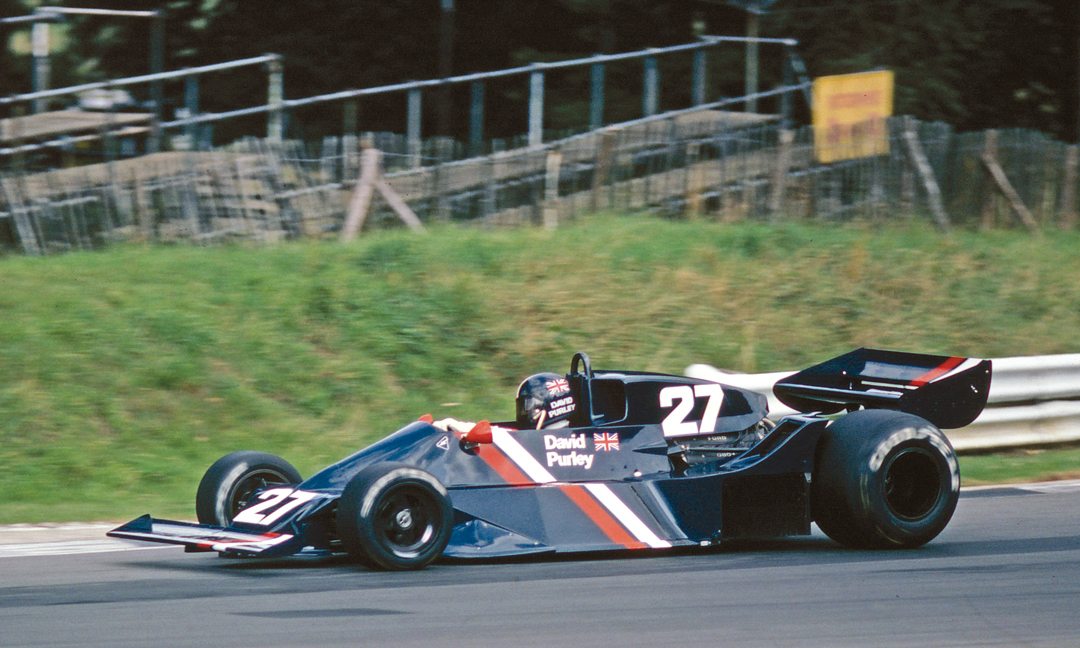As a team manager my experience of driving racing cars is limited, although at the start of my motor racing career I did have a go at rallying and circuit racing. It was soon apparent I wasn’t going to be too successful at either discipline. To cement my decision to give up on the driving idea I went with a local guy to Goodwood, he had a Lotus 7. I watched as he drove around the circuit getting faster and faster. Reality soon made me understand that there was no way I could drive as fast as the guy on the track. Who was the lad? Derek Bell. Yes, I would’ve liked to race, but you have to know your limitations. However, the motor racing bug had bitten and I looked at other ways of being involved in the sport. My brother-in-law was a journalist for the local Bognor Regis newspaper, he hated racing, but was regularly issued with press passes for meetings at Goodwood. I’d get the time sheets and give him sufficient information to write a few lines on each event. He reported on many of the local events, including following the early career of Derek Bell. I got friendly and involved with Derek, helping out where I could, and before I realized it, I became his official team manager. So, my career in motor racing took off and progressed from there. I initially worked with many local drivers other than Derek, such as John Watson, Peter Gethin and David Purley.
It was with David Purley that I entered the dizzy heights of Grand Prix motor racing—the so called “pinnacle” of our sport. Together we had climbed the ladder through the various formulas to get eventually into F1. Our first foray was short-lived with the March 731 and Token cars in 1973 and 1974. David was a former soldier in the Parachute Regiment. Ironically, he wasn’t too interested in motor racing, just the adrenalin rush from driving fast in competition, but he hated testing. We made another concerted attempt at the top in 1977. David’s father owned LEC Refrigeration and got Mike Pilbeam to design the LEC CRP1-Ford. Our car was built on a minimal budget and, even for the period, with limited manpower. The car had a solid start in the non-championship “Race of Champions” at Brands Hatch, starting 17th and finishing 6th—no mean feat. We were living in the days when we had to pre-qualify for Grand Prix races. We failed on our debut in Spain, but managed to get on the grid in Belgium, Sweden and France for the 1977 season. Many will remember the 1977 Belgian GP. The race was marred by the death of Roger Williamson. David’s brave, but vain attempt to pull Roger from his blazing wreck of a car have been well documented.
No Subscription? You’re missing out
Get immediate ad-free access to all our premium content.
Get Started



